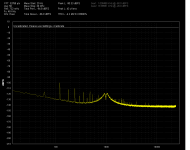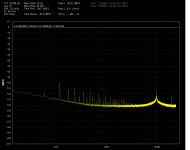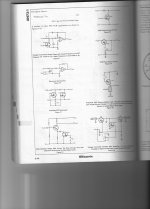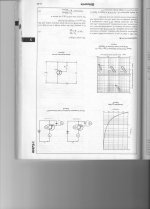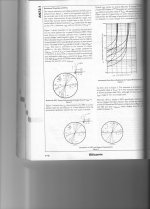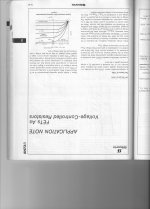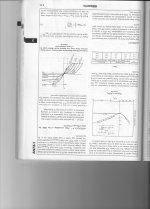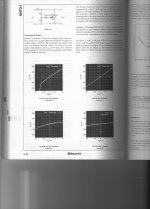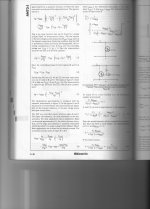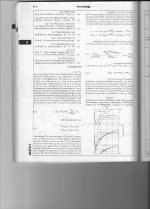Kudos to both of you! I have only a humble 'stock' unit at the moment, and it works pretty well (for my purposes) with signal averaging, source integrating, and FFT added. However, I AM tempted to make it better.
AN73-1
Probably.. once apon a time. I have an old Siliconix manual... I can look at that again too. Will have to review it now for this issue. thx John for the help. -RNMarshHas anyone read the Siliconix app note
AN73-1? It is: 'FET's as Voltage-Controlled Resistors' Lots of examples of FET linearization. Anti-parallel, anti-series, feedback, ...
I can't find that note on the web. This one is newer from the same source and available: http://www.datasheetcatalog.org/datasheet/vishay/70598.pdf maybe John can tell us what is missing if anything.
The opamp trick around the fet seems to do what Fig.7 in this note suggests.
The opamp trick around the fet seems to do what Fig.7 in this note suggests.
Thanks John.
It will be interesting to see if we can get the same performance from every stock 339a with these mods. I do think oscillator, notch, averaging and FFT is the way to go.
Good luck.
Cheers,
It will be interesting to see if we can get the same performance from every stock 339a with these mods. I do think oscillator, notch, averaging and FFT is the way to go.
Good luck.
Cheers,
Next up -- 2- VCR2N in parallel and a trim in series with jFEts' source for nulling the H2. Thx-RNMarshThis is with two VCR2N in parallel.
The 5th and 3rd came down a bit.
This worsened the 10KHz. It would need to be trimmed separately.
It's almost to the point of having to trim each frequency for best.
Next up -- 2- VCR2N in parallel and a trim in series with jFEts' source for nulling the H2. Thx-RNMarsh
I was thinking of trying this last night but didn't what to cut a trace.
Let me know how this works.
No Fear !
Chicken ! I dont have those same devices but I think I might have some J111 if they are same/similar? I'm not sqeemish about cutting a trace - isnt a problem for me. I dont faint at the sight of a cut. Have No Fear. -RNMarsh
Chicken ! I dont have those same devices but I think I might have some J111 if they are same/similar? I'm not sqeemish about cutting a trace - isnt a problem for me. I dont faint at the sight of a cut. Have No Fear. -RNMarsh
Chicken ! I dont have those same devices but I think I might have some J111 if they are same/similar? I'm not sqeemish about cutting a trace - isnt a problem for me. I dont faint at the sight of a cut. Have No Fear. -RNMarsh
Well if there is promising results I don't have a problem. One thing at a time though.
I did the dual Jfet late night. I have another idea to try similar to the degeneration but active.
Or you could call it active degeneration.
John -- can you make those into a PDF and zip it, so we can download the whole thing at once?
The note mentions that the lowest distortion is when the fet is most on and has the lowest Vds. The next real question is how much gain range is necessary for an AGC to stabilize an oscillator and what tradeoffs are there? I believe a range from 1.1 to .9 is more than enough (may take a while to settle or start). If Rds on is the important factor 20 Ohm FETs are quite available. Lowering the impedance of the circuit at that point would only help anyway.
The note mentions that the lowest distortion is when the fet is most on and has the lowest Vds. The next real question is how much gain range is necessary for an AGC to stabilize an oscillator and what tradeoffs are there? I believe a range from 1.1 to .9 is more than enough (may take a while to settle or start). If Rds on is the important factor 20 Ohm FETs are quite available. Lowering the impedance of the circuit at that point would only help anyway.
More gain may be needed to get the oscillator started and to it's reference level.
There is no reason why we could'nt switch from a start-up to a run mode.
Fast response to low distortion as it was done in the ST1700 series.
My experience has been that just enough gain for running at say 1KHz is insufficient for start up at other higher frequencies. The gains are different at 100, 1KHz 10KHz and 100KHz. The oscillator may run in a narrow gain range but it start.
I'll scan that portion of the ST1700 oscillator this evening and publis it. They used both an LDR and a FET. Get all options involved. . .
I'll scan that portion of the ST1700 oscillator this evening and publis it. They used both an LDR and a FET. Get all options involved. . .
I used to have one of these. I have the manual in PDF for the 1700B.
I can post it if you want to save the time scanning it. If the files are small enough to post.
Up to you.
- Home
- Design & Build
- Equipment & Tools
- Low-distortion Audio-range Oscillator
